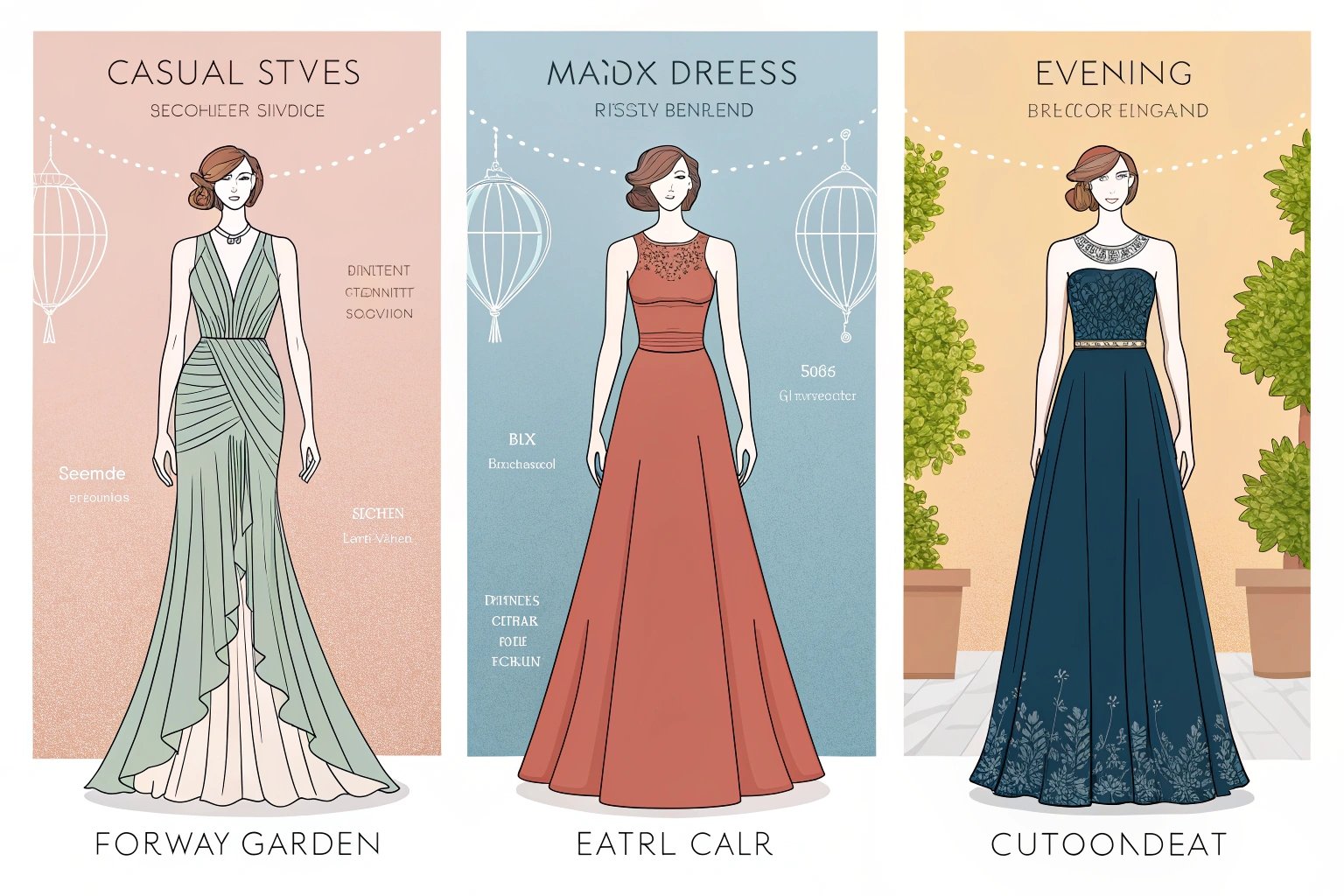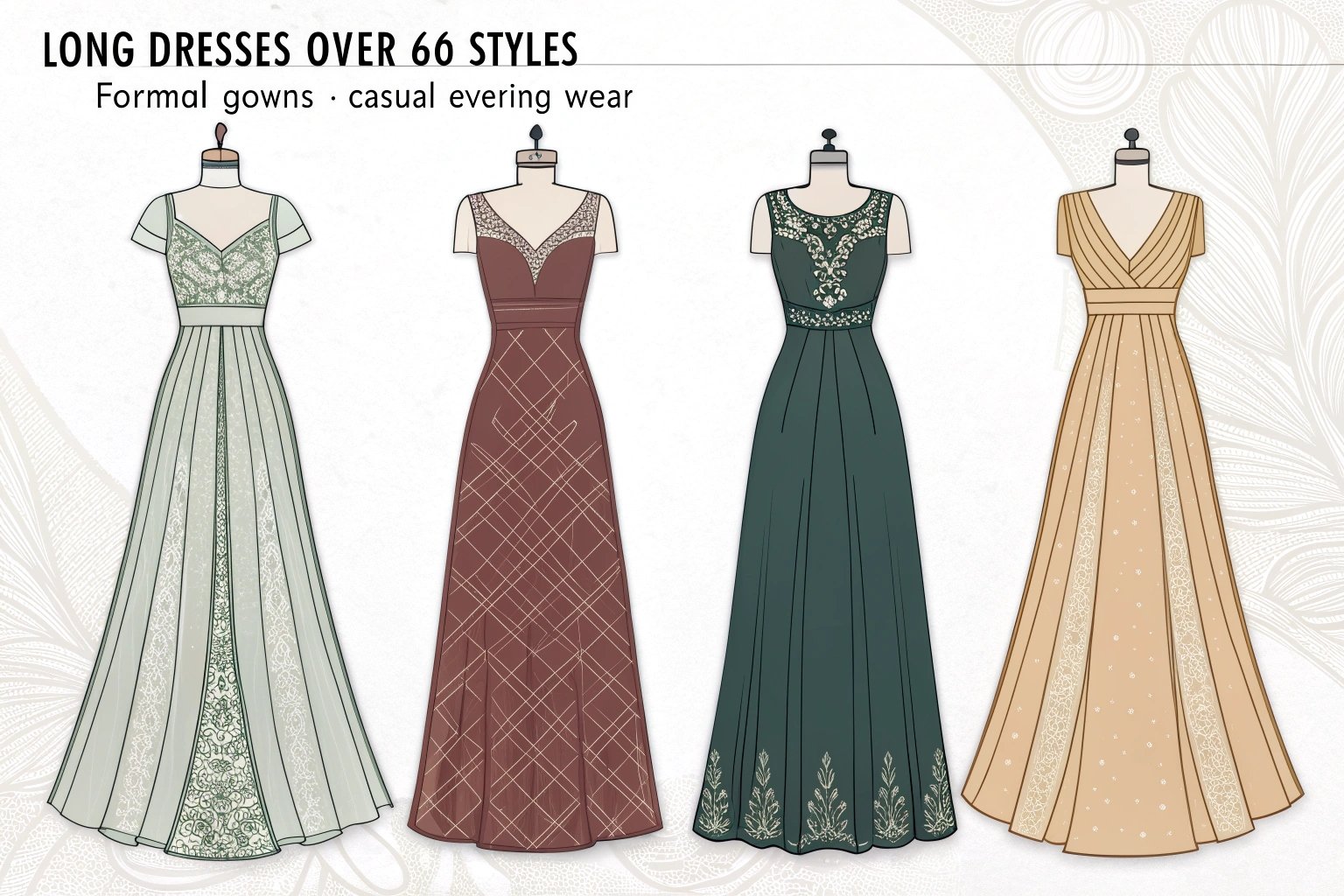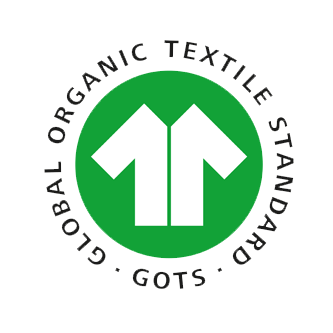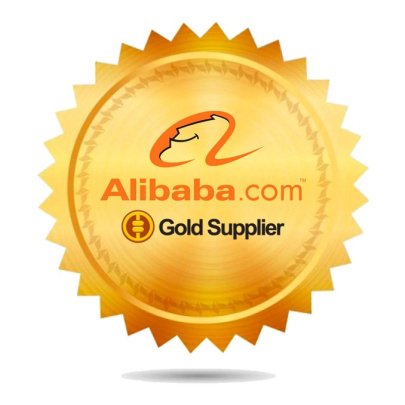Bangladesh is one of the leading countries in global apparel manufacturing, known for its low-cost production, skilled workforce1, and robust export-oriented industry. As the second-largest exporter of clothing globally, Bangladesh has positioned itself as a crucial player in the apparel manufacturing sector. In this article, we explore what makes Bangladesh a top destination for clothing manufacturers, identify the largest players in the industry, and discuss how Bangladesh’s manufacturers maintain competitive pricing and high quality.
Bangladesh’s success as an apparel manufacturing hub is driven by its strategic advantages, such as affordable labor, strong export policies, and growing infrastructure.
Understanding these factors can help businesses looking to source apparel efficiently and sustainably.
What Makes Bangladesh a Leading Country in Clothing Manufacturing?
Bangladesh has established itself as a leading force in clothing manufacturing thanks to its competitive pricing2, skilled labor, and favorable economic conditions.
 Fashion team discussing design plans.
Fashion team discussing design plans.
How Does Bangladesh’s Competitive Labor Market Benefit Clothing Manufacturers?
Labor in Bangladesh is highly cost-effective compared to other manufacturing countries, making it an attractive choice for international brands seeking low production costs. The country has a large workforce that is well-trained in various aspects of garment production, from basic apparel to more complex designs. This highly competitive labor market allows Bangladesh’s manufacturers to offer lower production costs without compromising quality, giving global brands the opportunity to scale while keeping overheads down.
- Low wage structure: Bangladesh’s labor wages are among the lowest in the world, making it a cost-effective choice for clothing brands that need to reduce production costs.
- Skilled workforce: The country has extensive training programs for workers in textile and garment manufacturing, ensuring high-quality output.
Why Has Bangladesh Become a Global Hub for Apparel Production?
Bangladesh’s role as a global hub for apparel production can be attributed to several key factors:
- Large garment sector: The country is home to thousands of textile mills and garment factories, producing a wide range of products for global markets.
- Export growth: The Bangladeshi garment industry accounts for over 80% of its total export earnings, with major buyers including brands from the US, Europe, and Asia.
- Government support: Bangladesh’s government has implemented pro-business policies, including tax incentives and subsidies for exporters, making it a favorable environment for the growth of apparel manufacturing.
Who Are the Largest Clothing Manufacturers in Bangladesh?
Bangladesh hosts some of the largest and most successful clothing manufacturers, serving global apparel brands across various categories, from fast fashion to high-end designer labels.
How Does Ha-Meem Group Maintain Its Position as a Leading Manufacturer?
Ha-Meem Group is one of Bangladesh’s most prominent clothing manufacturers, known for its high-quality production, efficient supply chain management, and commitment to sustainability. With over 30 years of experience, Ha-Meem has built a solid reputation for meeting the needs of international brands, particularly in the fast-fashion and high-volume categories.
- Diversified product range: Ha-Meem produces a wide variety of apparel, including jeans, T-shirts, and shirts, for brands worldwide.
- Sustainability focus: The company is committed to reducing its environmental impact by adopting eco-friendly manufacturing processes and promoting sustainability within its supply chain.
What Role Does Beximco Fashion Play in Bangladesh’s Textile and Apparel Industry?
Beximco Fashion is another major player in Bangladesh’s apparel manufacturing industry, offering a diverse range of garments to international buyers. As one of the largest exporters, Beximco’s customer base includes top global retailers such as Walmart, Marks & Spencer, and H&M.
- Product specialization: Beximco specializes in both high-volume and high-quality garment production, including fashion-forward styles and basic clothing.
- Technological investment: The company is a leader in adopting new technologies, including automation and digital printing, which allow it to stay competitive in an ever-evolving market.
Table: Leading Apparel Manufacturers in Bangladesh
| Manufacturer | Specialization | Key Clients | Notable Strengths |
|---|---|---|---|
| Ha-Meem Group | Fast fashion, basic apparel | H&M, Walmart, Zara | Large-scale production, sustainability focus |
| Beximco Fashion | High-volume fashion, knitwear | Marks & Spencer, Walmart, H&M | Technological investments, global reach |
| DBL Group | Sportswear, denim, knitwear | Target, Carrefour, Tommy Hilfiger | High-quality production, diverse product range |
How Do Bangladesh’s Clothing Manufacturers Compete in the Global Market?
Bangladesh’s apparel industry has become a global powerhouse by leveraging several key strategies that enable its manufacturers to offer competitive pricing while maintaining high standards.

How Are Bangladesh’s Manufacturers Able to Offer Competitive Prices?
Bangladesh’s manufacturers keep production costs low due to:
- Low labor costs: As mentioned earlier, the country’s affordable workforce makes it one of the most cost-effective places to produce clothing.
- Economies of scale: With a large number of factories and high-volume production, Bangladesh benefits from economies of scale3 that lower per-unit costs.
- Government incentives: The government provides various incentives, including tax exemptions and export subsidies, to further reduce production costs.
What Quality Control Measures Are Taken by the Largest Clothing Manufacturers in Bangladesh?
To meet global quality standards, Bangladesh’s leading manufacturers adopt stringent quality control measures:
- ISO certifications: Many factories in Bangladesh are ISO-certified, ensuring that they meet international quality management standards.
- Third-party audits: Brands can conduct third-party audits to ensure that the manufacturing process adheres to quality control requirements.
- Testing and inspections: Manufacturers conduct regular testing for fabric durability, colorfastness, and garment finishing to maintain consistency and quality.
What Are the Benefits of Working with Bangladesh Clothing Manufacturers?
Bangladesh offers several advantages for businesses looking to source apparel at competitive prices while maintaining high standards of quality.
How Do Bangladesh Manufacturers Handle Bulk Orders Efficiently?
Bangladesh is known for its ability to handle large orders efficiently, which is crucial for global apparel brands that require high volumes of clothing. Manufacturers in Bangladesh typically have the capacity to scale production quickly, ensuring that bulk orders4 are completed on time and within budget. This efficiency is achieved through:
- Automated production lines: Many manufacturers have invested in automation to improve efficiency and speed up production.
- Experienced workforce: Skilled workers ensure that large orders are completed with minimal defects and on tight deadlines.
How Do Bangladesh’s Export Policies Support Global Apparel Production?
Bangladesh’s export policies are designed to support the growth of its apparel manufacturing sector. Key policies include:
- Duty-free access to European and North American markets: Bangladesh benefits from trade agreements that allow for tariff-free access to key export markets, making its garments more affordable for buyers in these regions.
- Incentives for exporters: The government provides various financial incentives, such as cash rebates on export earnings, to encourage the growth of the textile and garment sector.
Key Benefits of Working with Bangladesh Manufacturers
| Benefit | Description |
|---|---|
| Low production costs | Bangladesh offers one of the most affordable labor markets in the world. |
| Fast turnaround times | Efficient supply chains and skilled labor enable quick production and delivery. |
| Skilled labor force | A large, experienced workforce in apparel manufacturing ensures high-quality output. |
| Government incentives | Various tax rebates and export subsidies support the growth of the apparel sector. |
What Challenges Do Clothing Manufacturers in Bangladesh Face?
While Bangladesh offers numerous advantages, manufacturers also face several challenges that can impact production.

How Do Labor Conditions and Environmental Concerns Affect the Industry?
Labor conditions and environmental issues remain concerns in Bangladesh’s clothing manufacturing sector:
- Labor strikes and protests: Occasionally, there are labor strikes related to working conditions and wages, which can disrupt production timelines.
- Environmental impact: The garment industry is one of the largest contributors to environmental pollution in Bangladesh, with issues related to waste disposal, water pollution, and chemical use.
What Are the Logistics and Supply Chain Challenges for Bangladesh Clothing Manufacturers?
Despite improvements in infrastructure, Bangladesh’s manufacturers still face logistical challenges:
- Port congestion: Ports in Bangladesh are often congested, which can delay shipments and increase costs.
- Transport infrastructure: While improving, transport infrastructure remains a challenge for moving goods efficiently from factories to ports.
Conclusion
Bangladesh has firmly established itself as a leading destination for clothing manufacturing, driven by its competitive labor market, skilled workforce1, and favorable export policies. With major manufacturers like Ha-Meem Group and Beximco Fashion leading the way, the country’s apparel sector continues to thrive, offering cost-effective, high-quality clothing production for global brands. However, the industry must continue addressing labor and environmental concerns to maintain its position as a global apparel hub.
-
Discover the importance of a skilled workforce in maintaining quality in apparel manufacturing. ↩ ↩
-
Find out how competitive pricing strategies help Bangladesh attract global brands. ↩
-
Learn how economies of scale contribute to cost efficiency in production. ↩
-
Find out how efficiency in handling bulk orders benefits global apparel brands. ↩









